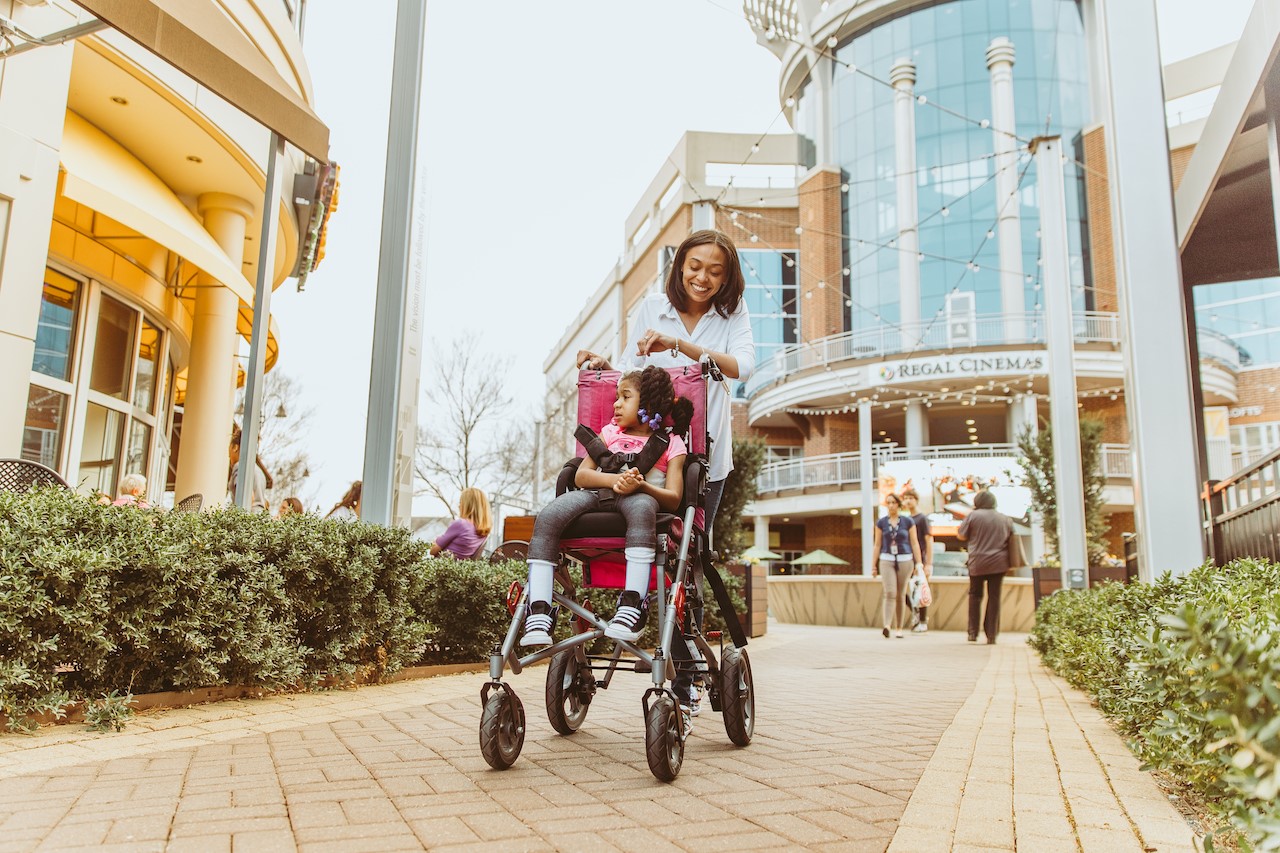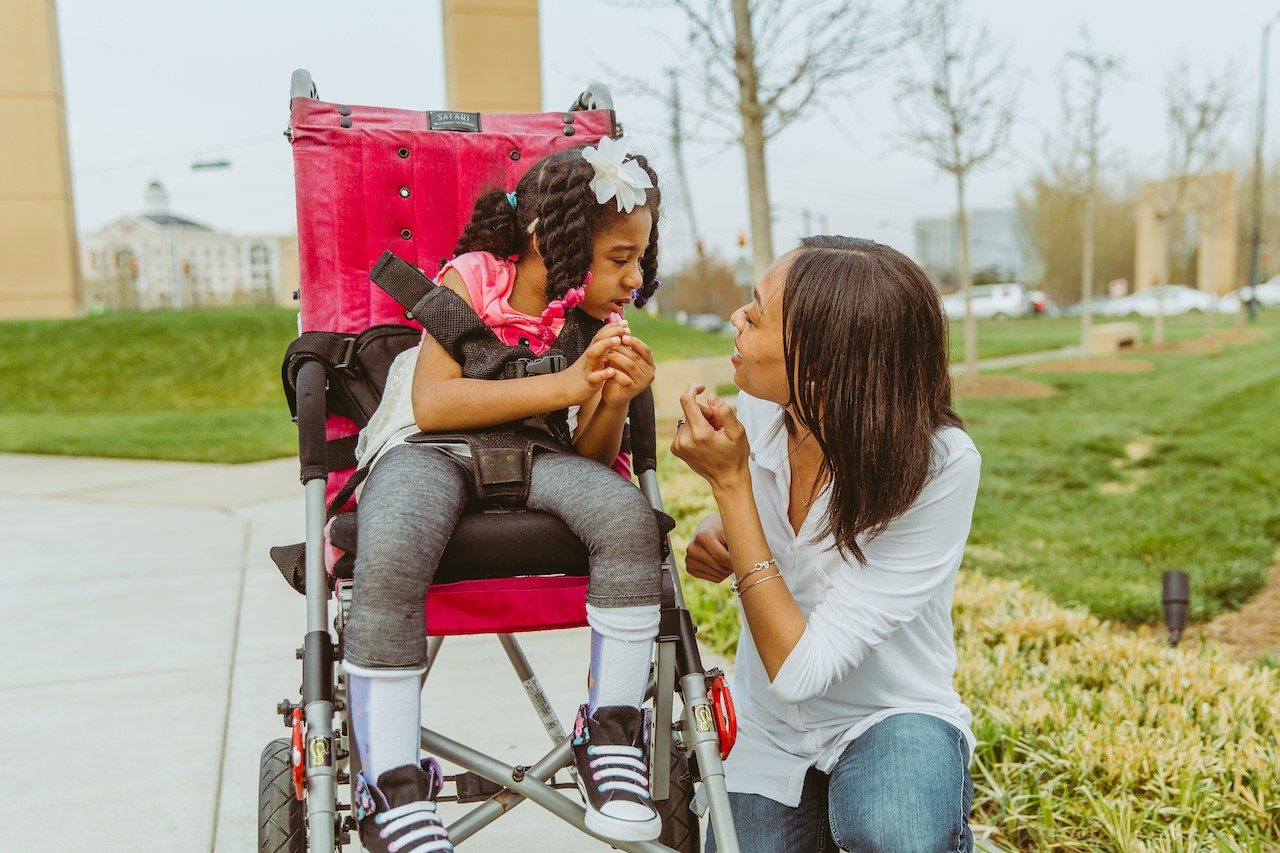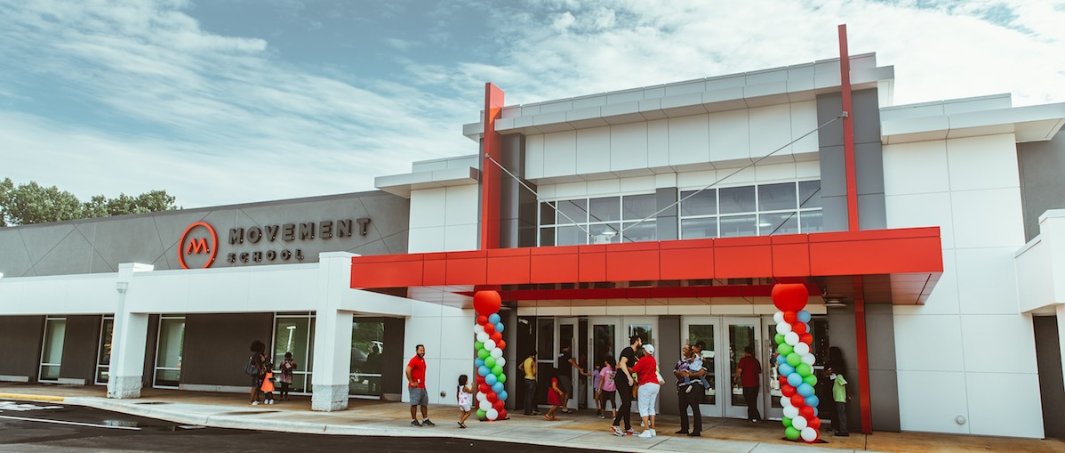Movement 10k will go toward cure for rare brain disease
Brittany Acker's 4-year-old niece hasn't spoken a word in three years.
She can't.
The girl, named Lailah Gibbs, has Rett syndrome, a rare neurological disorder that impairs her speech, use of her hands and other cognitive functions.
People with Rett syndrome "have really bad seizures, trouble breathing, trouble swallowing," Acker says. "Some of them have feeding tubes. Some never learn to walk. They have to have around-the-clock care."
That's why Acker, a loan delivery specialist who works at Movement Mortgage's Fort Mill, S.C., headquarters, asked the Movement Foundation to give $10,000 to Rettsyndrome.org, an organization that funds research in search of a cure.
The group is the March winner of the Movement 10k giveaway, a campaign to bestow $10,000 to organizations, nonprofits and charities significant to Movement employees. Movement team members submit a one-minute nomination video explaining how an organization brings life, light and hope to people in need. A committee then picks a winner each month.

"It's an amazing opportunity to work somewhere that really cares so much about other people," Acker says.
Based in Cincinnati, Rettsyndrome.org offers support, resources and access to programs to families of individuals living with Rett syndrome. Paramount to its work is helping develop a cure. Since its founding, the organization has invested more than $40 million to accelerate treatments for the disease. (Click here for an infographic tracking Rettsyndrome.org's research progress).
Rett syndrome develops from mutations in the X chromosome. It causes problems in brain function, affecting learning, speech, sensory sensations, mood, movement, breathing, cardiac function, chewing, swallowing and digestion.
The symptoms often appear within a child's first six to 18 months of life. And because it is an X chromosome-dominated disorder, it almost exclusively afflicts girls. The National Institutes of Health estimates that it affects one out of every 10,000 to 15,000 girls.
These girls are in these clinical trials and taking meds that will help them live.” – Mary Woods
Rettsyndrome.org will use the Movement grant to fund more research and clinical trials, and partner with pharmaceutical companies and universities already working to cure neurological diseases, says Mary Woods, Rettsyndrome.org's marketing and communications director.
"These girls are in these clinical trials and taking meds that will help them live," Wood says. "We just need to get the pharmaceutical companies marching the same march."
Acker and her family discovered Lailah had Rett syndrome about a year after she was born. When the symptoms began to show, Lailah, whose favorite words used to be "yes" and "no, no, no," slowly stopped speaking. Instead, she began repetitively clapping her hands, another sign suggesting onset of the disorder, Acker says.

By the time she was diagnosed, Lailah was non-communicative. Today, she attends a school for children with special needs and receives physical, speech, occupational and feeding therapies. To communicate with relatives, she uses a two-button device that allows her to respond yes or no to questions. And just earlier this month, she underwent a sleep study after she had a seizure and trouble breathing.
"With Lailah, some days are easy, some days are bad," Acker says. "Rett syndrome, it's like epilepsy and cerebral palsy and anxiety all in one."
Still, Acker describes her niece as an "energetic soul." She enjoys food, and loves gospel music so much that it calms her no matter what mood she's in.
"That will literally flip the switch," Acker says. "She can be angry, crying but all you've got to do is sing her a gospel song and she is happy. Giggling. Smiling."


